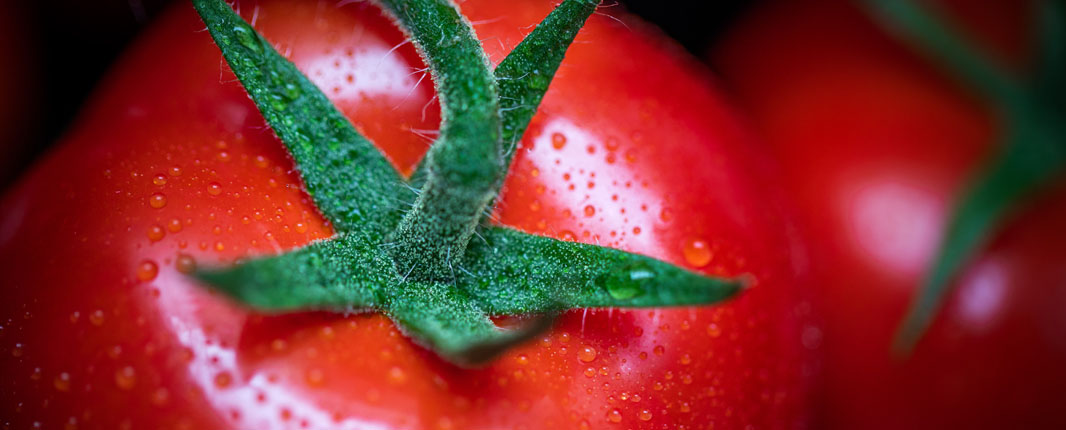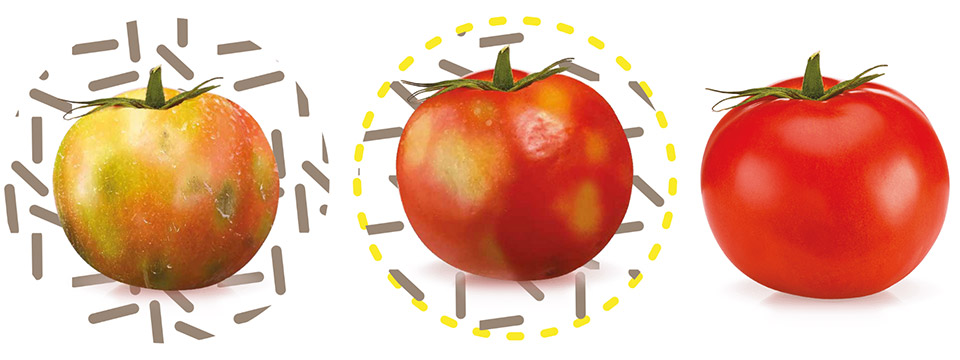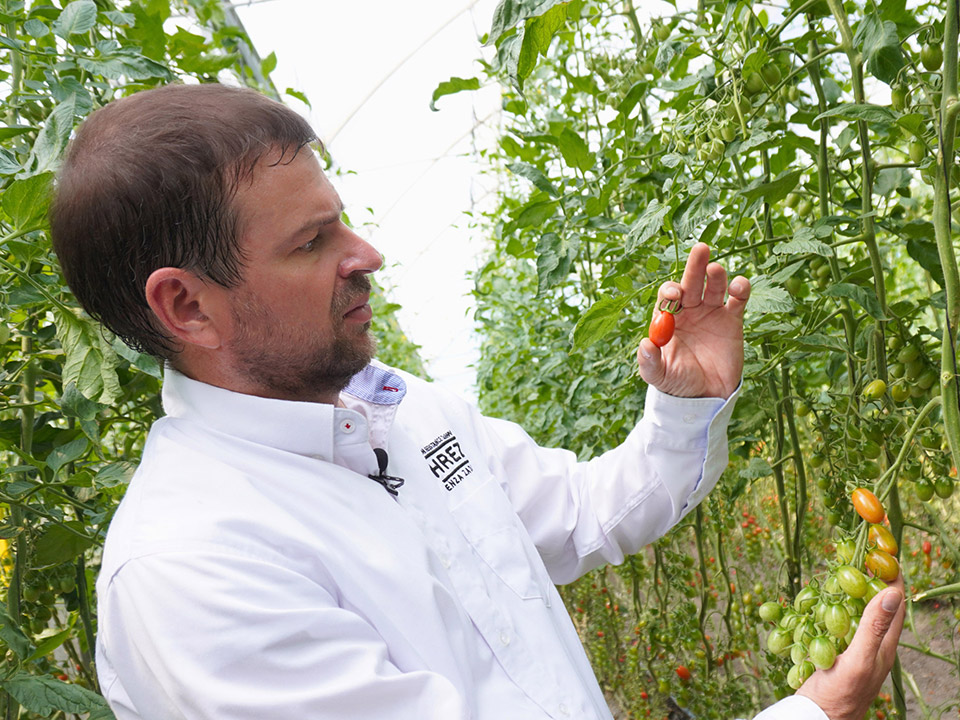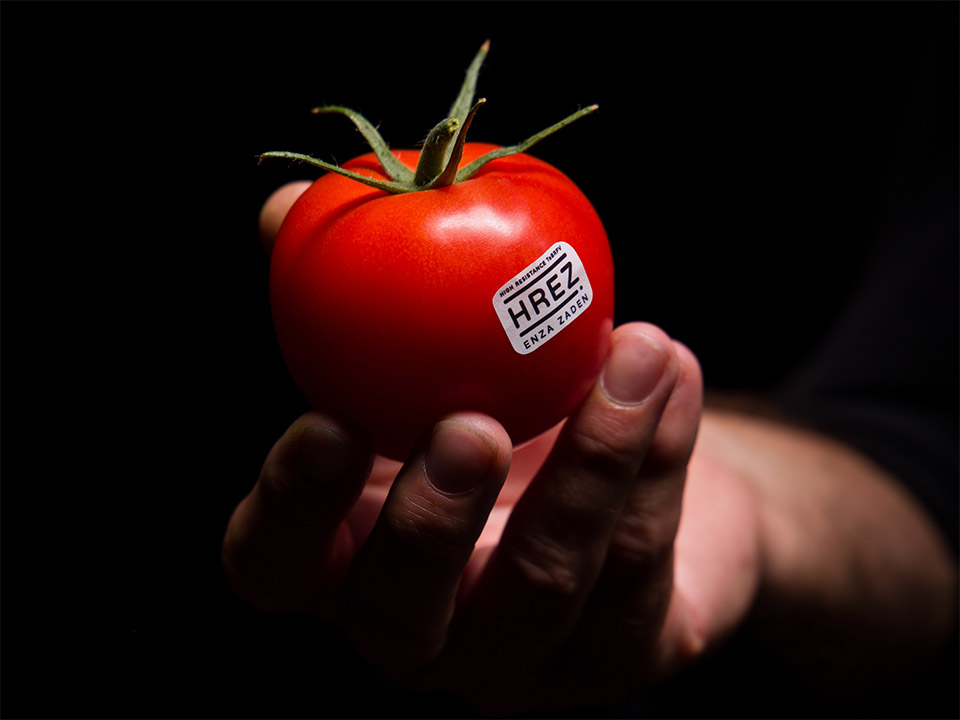
Information

Tomato Brown Rugose Fruit Virus (ToBRFV) is a formidable adversary in the world of agriculture, particularly in the cultivation of tomatoes and peppers. As a highly infectious virus, ToBRFV poses a significant threat to global food security and agricultural economies. This article explores its origins, devastating global impact, and how Enza Zaden is leading the field with innovative solutions.
ToBRFV, part of the Tobamovirus genus, was first identified in the Middle East in 2014. It has since become a global concern, spreading rapidly across continents, including Europe, the Americas, and Asia. The virus is notorious for its ability to infect plants through multiple vectors, including seeds, soil, and mechanical means. Its rapid dissemination has caused alarm globally, with new outbreaks recently confirmed in Argentina and Australia—further expanding its reach and bringing the threat closer to Africa. These developments highlight the virus's ability to penetrate new agricultural markets and disrupt local economies.
Infected plants display distinctive symptoms such as wrinkling (rugosity) of fruits, discoloration, necrosis, and stunted growth. These effects severely degrade fruit quality, making them unsellable in markets. The virus is highly resilient and can survive for extended periods on surfaces, seeds, and plant debris, further complicating containment efforts.

The economic repercussions of ToBRFV are profound. The virus has led to significant crop losses, disrupted trade flows, and increased production costs worldwide. For countries reliant on tomato exports, such as Mexico, the stakes are particularly high. Entire production systems have been overhauled to include stringent phytosanitary measures and robust monitoring protocols to mitigate ToBRFV's spread.
Globally, the agricultural sector has poured resources into research, focusing on detection, prevention, and resistance. Tools like PCR assays for early diagnosis and disinfection protocols in greenhouses are becoming industry standards. Despite these efforts, ToBRFV continues to challenge the global tomato supply chain, underscoring the need for innovative solutions.

Amid this crisis, Enza Zaden, a global leader in vegetable breeding, has emerged as a beacon of hope. The company has spearheaded efforts to combat ToBRFV by developing resistant tomato hybrids, such as Arkoi. These hybrids are the product of cutting-edge molecular breeding techniques, ensuring both resistance to ToBRFV and optimal yield and fruit quality.
Enza Zaden’s approach combines innovation with collaboration. By working with researchers, growers, and policymakers, the company has positioned itself as a pioneer in sustainable disease management. Additionally, Enza Zaden is investing in genomic research and precision breeding tools to stay ahead of evolving viral strains, offering long-term resilience to farmers worldwide.

ToBRFV is more than just a plant virus; it is a global challenge that requires collective action. While the virus has wreaked havoc on agricultural systems, the commitment of industry leaders like Enza Zaden offers a pathway to resilience. Through innovation, collaboration, and forward-thinking strategies, the fight against ToBRFV is not just a possibility—it is a reality in the making.
Enza Zaden's efforts exemplify the transformative power of science and collaboration in addressing modern agricultural crises. With continued focus, the global tomato industry can thrive once again, safeguarding food security for generations to come.
Author: Rene du Preez - Marketing Specialist at Enza Zaden Sub-Saharan Africa